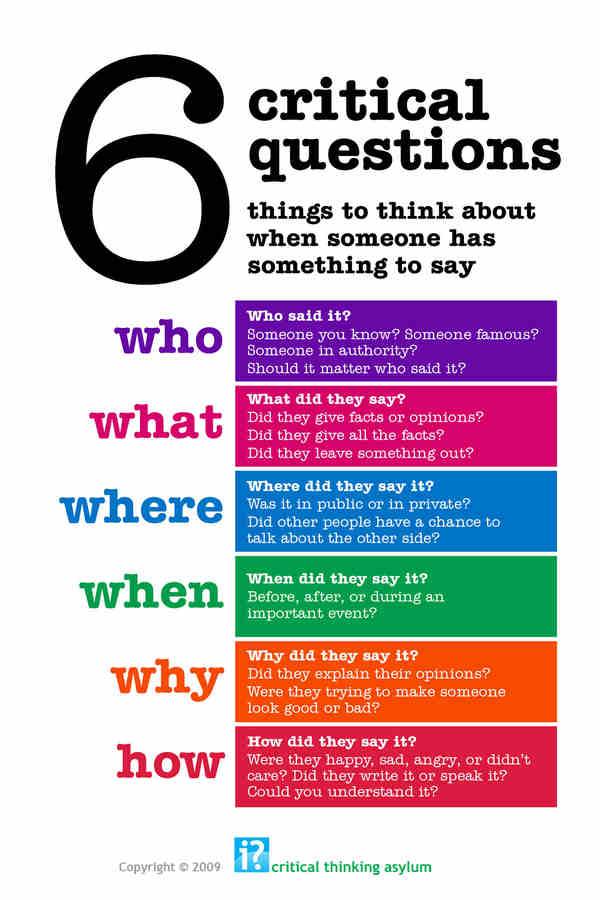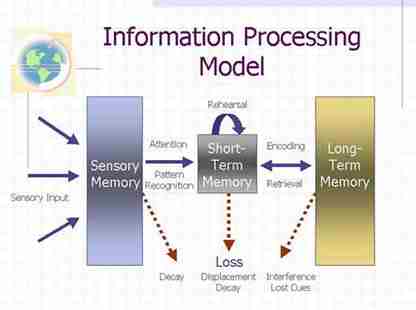Epistemology, as defined, is the study of knowledge. It is quite important to know the dimensions of personal epistemology for it greatly affects comprehension and academic performance outcomes.
Schommer (1998) presented evidence that elaboratedness of a person’s system of epistemic beliefs has many substantial implications for learning:
- Students, who believe that learning occurs quickly, tend to read texts more superficially.
- Students, who believe that knowledge is certain, tend to learn facts by heart rather than understanding the meaning of the to-be-learned.
- Students, who believe that learning capabilities are determined by innate abilities, show less interest in activities designed to master complex challenges.
- Students who trust authorities do not tend to challenge the sources of information.
Looking at my own beliefs of knowing, I consider learning through a gradual process. I usually take time to understand the concepts presented, find correlation between the new information and prior experiences, and make careful analysis and evaluation of such – whether I chose to welcome the idea and add to my repertoire of knowledge, or disregard the thought.
As to the belief that knowledge is certain or changing, I think it depends on the situation. For example, there are facts that are certain. These cannot be changed and hold validity over the course of lifetime. Universal facts like knowing that there are 24 hours in a day, or we have the sun and moon, day and night will never be changed. On the other hand, there are some information acquired that needed to be updated, or changed as necessary. Like for example, in the workplace, there are instances where a new process or methodology deemed to be more effective will be employed. This can either be an enhancement to the current process, or an entirely different approach. There are also instances when we make an effort to know something out of our own volition, and sometimes, we learn because we are required to do so. We opt to know and understand what we are passionate about and there are times we are forced to learn things for compliance.
I am more likely to believe that our learning ability can be acquired through experience, as compared to innate abilities. The notion adults have that they tend to know more because they are older and have acquired a lot as they grow is somehow true. This is subjective of course, as I also acknowledge the individual differences of people, their cognitive processes, and perceptions. I think our learning abilities are continuously enhanced as we mature and thus, develop deeper understanding of the things around us.
The last point highlighted can be attributed to the teaching preference of the giver of information. If he/she is considered to be a subject-matter expert of the field, chances are, the recipients of information will trust the ideas conveyed. In the classroom, it happens when students perceive the teacher as formal authority.
The study of knowledge is very important most especially for the educators for this will guide our daily activities. Our perception on what seems to be important for our students – that which will add value to their existence and lead to personal development, the decisions that we make upon applying our pedagogy, and continuous evaluation of the outcomes will all be based on our own understanding of knowledge. We often share what we believe is valuable for us, thus, we can say, we reflect ourselves on our teachings. 🙂
Reference:
How Epistemic Beliefs Influence e-Learning in Daily Work-life. by Harteis, C., Gruber, H., & Hertramph, H. (2010). Retrieved March 31, 2015 from http://ifets.info/journals/13_3/18.pdf








